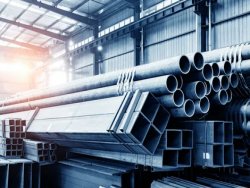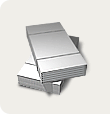Methods for determining SEFA values and calculating control calculations
The SEFA of a product can be determined either based on actual data or based on default values. When using actual emission data, the operator needs to calculate the free allocation at the process level based on three parameters: the CBAM coefficient applicable to the reporting year, the cross-industry correction factor (CSCF) and the CBAM control value associated with the process. In the case of simple goods, SEFA directly corresponds to the cost at the process level. For complex products, SEFA should also include a built-in free distribution of each precursor used in production. This is done through a recursive calculation, in which the precursor's SEFA values are determined either using basic calculations corresponding to the reporting period, or based on verified data at the manufacturer's level, if sufficient evidence is provided of the actual year of manufacture of the precursor.
There are precise instructions for determining the mass fraction of each precursor. The operator must calculate the specific gravity of each consumed precursor per metric ton of the final product using the total mass of the precursor consumed during the reporting period divided by the corresponding activity level of the production process. These rules ensure consistency between SEFA calculations, activity levels, and production boundaries defined in the broader CBAM methodological framework.
When default values are used instead of the actual data, the SEFA of the product is calculated using a simplified formula. It multiplies the CBAM coefficient and the cross-industry correction factor.






